Spalt Your Own Lumber: Is it spalting? The case of the mysterious host-response color.
One of the most common questions to pop into my inbox is "Is this spalting?" Most of the time, the answer if actually "no!"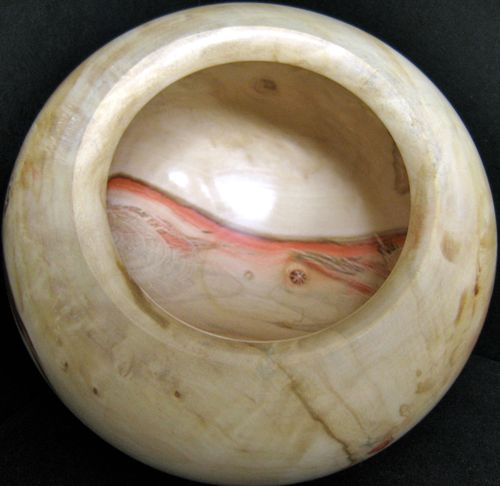
At first glance, this looks like a nice pink stain.
One of the most common questions to pop into my inbox is “Is this spalting?” Most of the time, the answer if actually “no!”. While there are many other ways to get a natural color on wood, only spalting is ‘contagious’. This means that if you have a little, you could eventually have a lot more. For me, this is what makes spalting such a dynamic technique: its repeatable, containable and free!
So what isn’t spalting? Let’s take a look at my favorite examples:



These are shots of a boxelder bowl I turned earlier this year. At first glance, you immediately noticed the bold red/pink color. It looks pretty plausible for spalting until you notice where the coloring occurs. A closer inspection reveals the big clue: the ‘spalting’ occurs around a knot or other defect. The conclusion: NOT spalting! Boxelder trees produce this red/pink color in response to wounding. No fungus or beetle is involved. So if you’re machining boxelder for inoculation into a spalting bin, your results will be less than fantastic.
Now lets compare the boxelder bowl to what pink stain spalting actually looks like:

The pink stain fungus Arthrographis cuboidea is a very weak fungus. Often it can only color wood after several other fungi have already colonized the piece. If you see pink stain on top of a bleached area, chances are you have real spalting. If you’re interested in learning about the specifics of boxelder red stain, you might try reading this article.
Finally, lets look at some of the softer hardwoods, specifically aspen and basswood:


The green lines in most of the softer hardwood species can fade to brown upon direct UV exposure (sunlight), and are another example of tree response. While they may provide a striking contrast to the white wood, they are not spalting.
Often the host response line with ‘control’ spalting. You might have noticed that the blue stain on the basswood vase stops right at the green host response line. This is a fairly common phenomenon, and can be an excellent clue as to wether you have green zone lines (from a fungus) or green host response lines (from the tree).
Fine Woodworking Recommended Products

AnchorSeal Log and Lumber End-Grain Sealer

Ridgid R4331 Planer

DeWalt 735X Planer


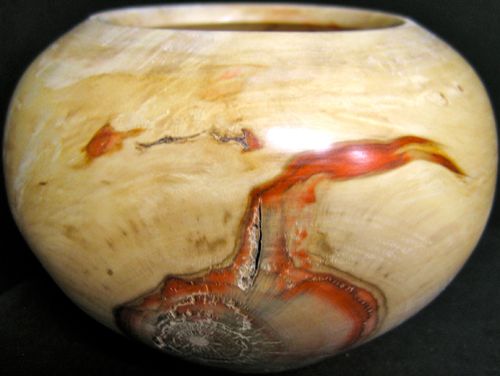
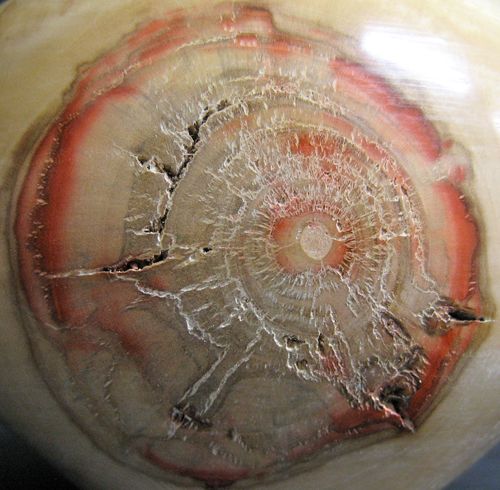
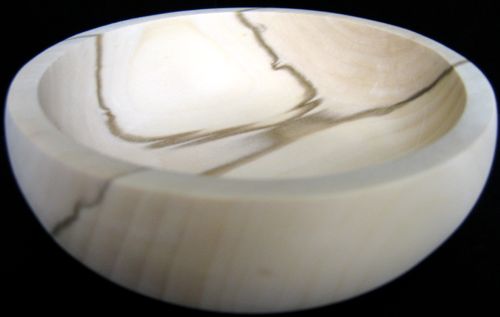
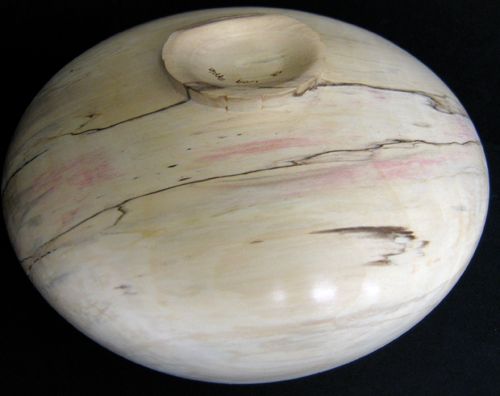
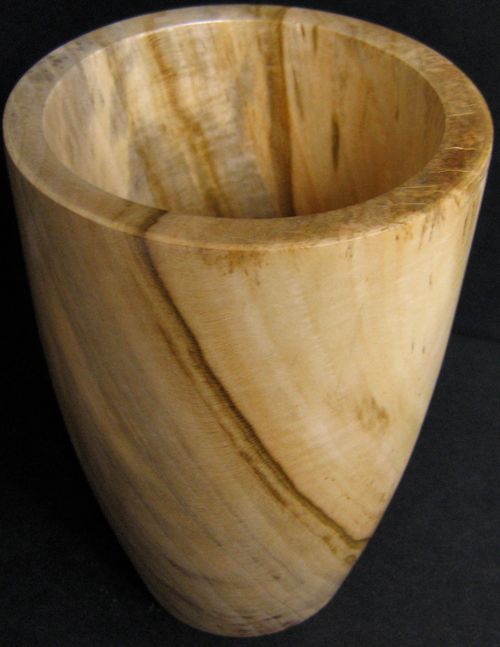
























Comments
Is spalted wood safe for food contact? I make pepper mills, which are not finished on the inside, and salad bowls, which are finished with walnut oil. Would it be safe to use spalted maple in these applications?
Thanks,
Dennis
Dennis,
Yes, spalted wood is safe for food contact. As with any wood, spalted or not, the key is to keep the bowls dry. If they need to be washed, a wipe with a wet cloth and then a prompt drying will keep any new fungi from colonizing.
To be on the safe side, I would suggest you keep your stock in a rotation, where the ones you sell have been sitting in a well-lit room for 4-6 weeks before being used for food. Fungal spores can remain viable for quite a while and will grow again if given the option. However, this is not a phenomenon unique to spalted wood, as all wood has fungal spores on it, regardless of whether or not it is spalted.
I would also recommend changing your finish to a salad bowl finish or urethane oil. Wood in food contact should be treated with a penetrating finish that will seal the vessels and prevent cracking due to moisture changes. My two favorite finishes can be found at:
http://www.woodturnerscatalog.com/store/Finishing___Food_Safe_Finishes___Non_Toxic_Salad_Bowl_Finish___salad_finish?Args=
and
http://www.woodturnerscatalog.com/store/Finishing___Finishes___Urethane_Oil___urethane_oil?Args=
(both from http://www.woodturnerscatalog.com)
I'd be far more concerned about the fungal spores in your woodshop that you breathe in every day than ones that might get into your gut. Fungi require oxygen to survive, and the stomach is not only highly acidic, but also anoxic. Your lungs, on the other hand, are a little bit of a nicer area. But before you panic about that, rest assure that unless you have an immune deficiency of some type, the spores are no more harmful than wood dust.
I'm planning a blog entry on this topic soon, so keep a look out.
Log in or create an account to post a comment.
Sign up Log in